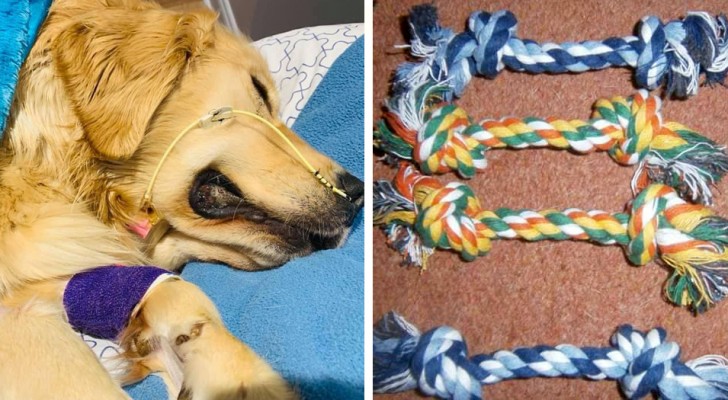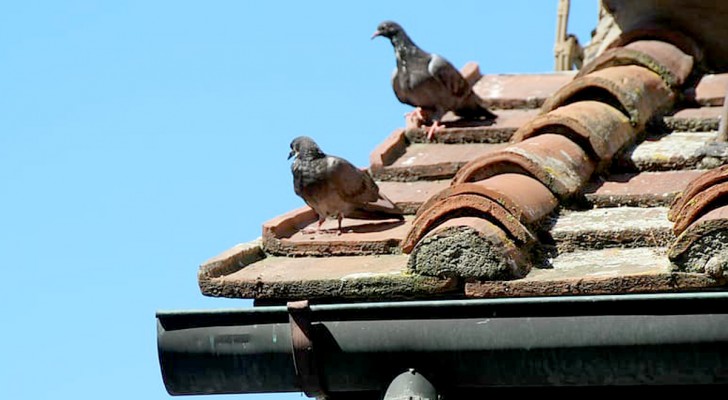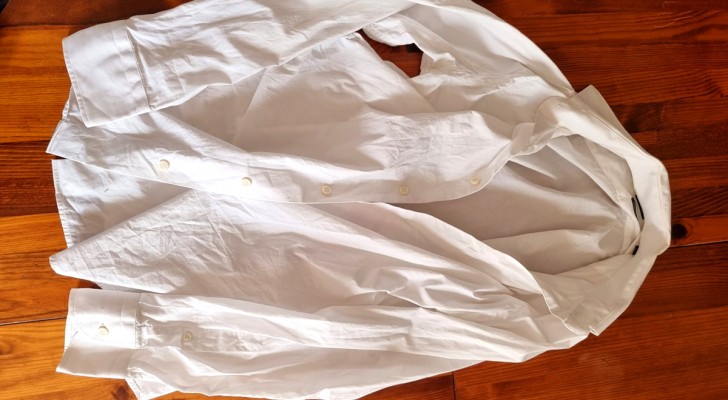8 natural methods to keep fleas and ticks away from your pet ... and from your house
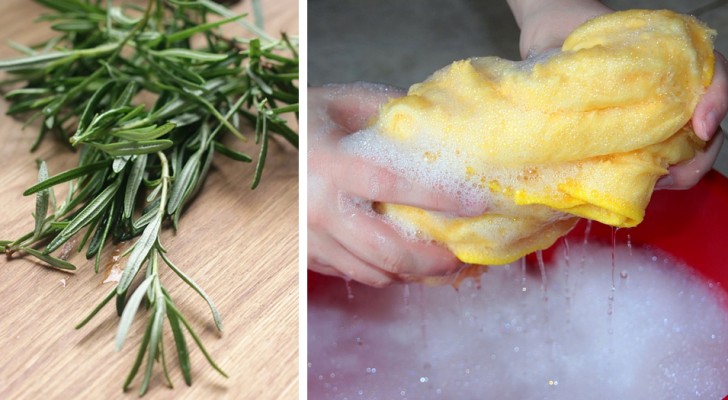
Protecting our pet animals from pests like fleas and ticks is important all year round but we know that the summer season is the most dangerous.
These pests not only create a nuisance that makes dogs uncomfortable, but they also carry dangerous bacteria and viruses.
On the market, there are many products that allow you to chemically act on the body of the pet animal by making its fur a highly inhospitable place for pests to live and breed.
However, to restrict as much as possible the likelihood of an infestation, you can also follow some parallel advice, that is natural and not invasive.
1. Use an anti-flea comb.
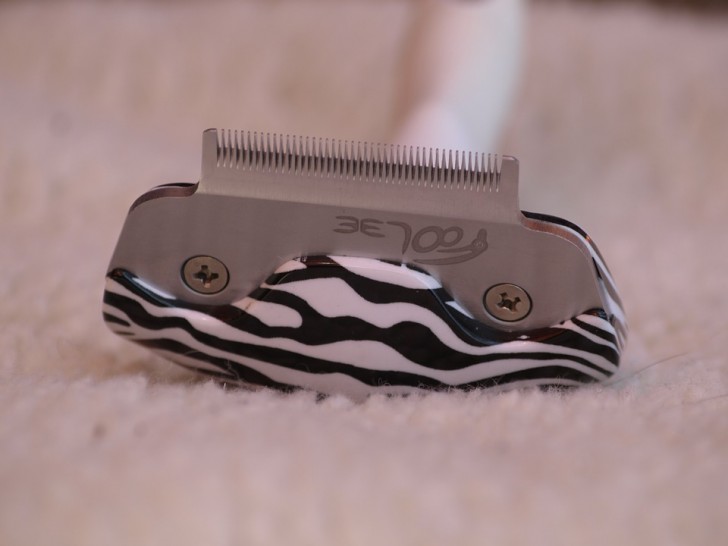
With this special comb, you can meticulously clean your dog's coat. Brushing your dog regularly, getting it accustomed to this treatment when it is a puppy, will allow you to keep an eye on its coat and spot in time the presence of any unwanted guests.
2. Sprigs of rosemary
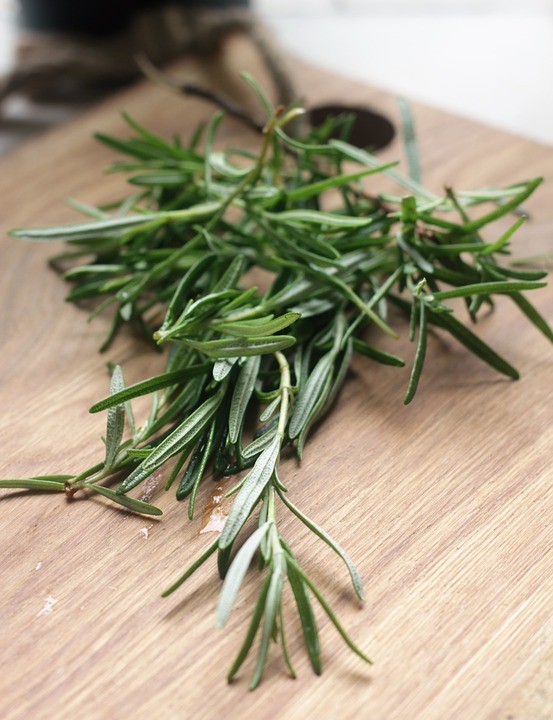
The smell of rosemary is very annoying to parasites and also contains active ingredients that help heal wounds caused by possible bites, so why not exploit it to our advantage? Just make an infusion based on this plant by boiling it in water for 30 minutes, filter the infusion as soon as it cools down and apply it on your dog's coat with a spray bottle and do not rinse.
3. Tea Tree Oil --- just apply a few drops on your dog's collar and you will get a highly effective and natural antiparasitic and fungicide.
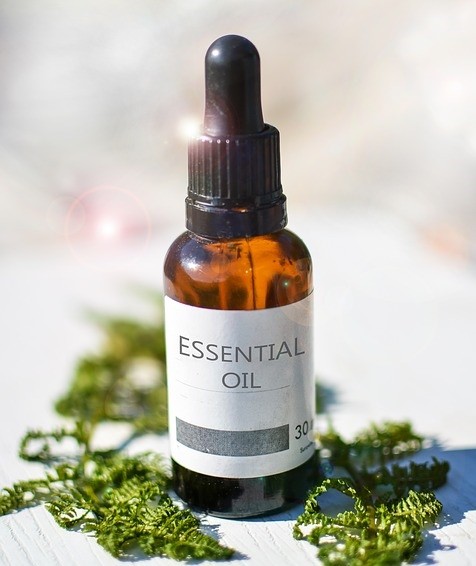
Attention! This tip applies only to dogs, not to cats, for which Tea Tree Oil may be toxic. Remember also that essential oils, in general, should always be used in minimal doses.
4. Another natural remedy you can use is a lemon infusion or alternatively, you can apply a mix of water, lemon essential oil, and tea tree essential oil.
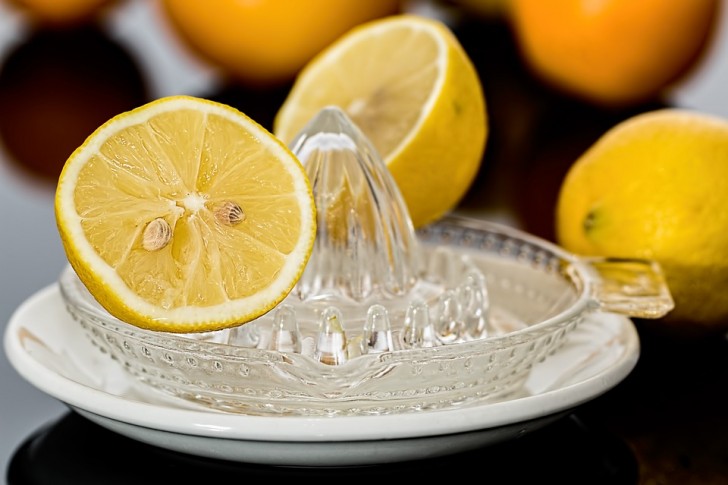
To make the first remedy, it is sufficient to slice three lemons into disks, boil them in a quart (liter) of water for 30 minutes and then let them soak for 8 hours.
Put these remedies in spray bottles and use them to treat all the surfaces of your house (they are excellent sanitizing agents), but especially those areas most frequented by your dog, such as carpets and sofas.
5. Obtain a Pudina plant (Mentha piperata). Due to its intense and characteristic odor, it functions as a natural repellent that is very effective against many insects.
6. Our old and very useful friend ... white vinegar! This ingredient can be transformed into a natural pesticide!

In this case, it is sufficient to mix one part of distilled white vinegar with three parts of water. This mixture is to be used directly on the pet animal's fur as well as on the upholstery.
7. Clean potentially infected surfaces with salt! Just spread the salt on the area to be treated and let it work for 2-3 hours, then thoroughly remove the salt with a vacuum cleaner.
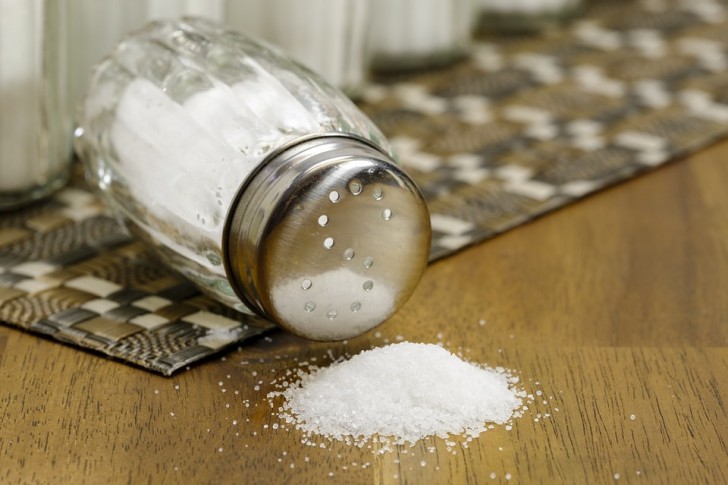
8. Make a flea trap.
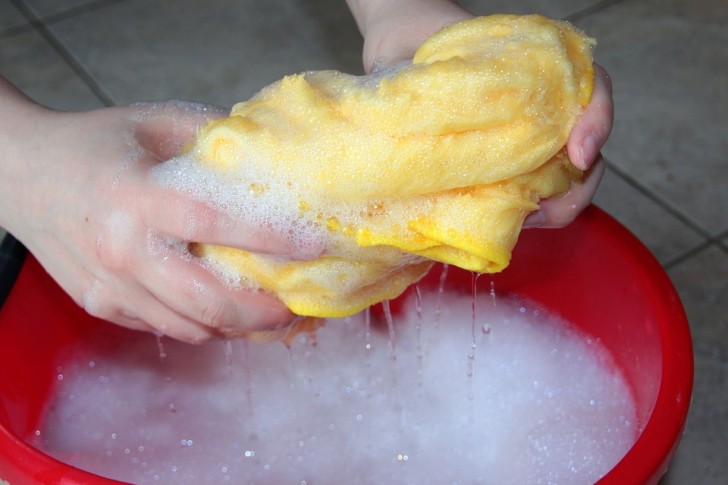
Fill a container with low edges with water and dishwashing liquid. This is enough to attract fleas and allow them to drown once they fly over the water (without the dishwashing liquid this does not happen). To make this trap even more effective, if you have a way, place a light source near the trap --- this will attract even more fleas.
All these tips will be of great help, but remember that you have to establish and respect a cleaning routine and that these cannot be the remedies to be used every once in a while. If you want to protect your dog from dangerous pests you have to get used to applying these remedies regularly, remembering to also wash the cushions your dog sleeps on, keep the grass in your yard or garden cut short if you have one, and vacuum the house as often as possible.
